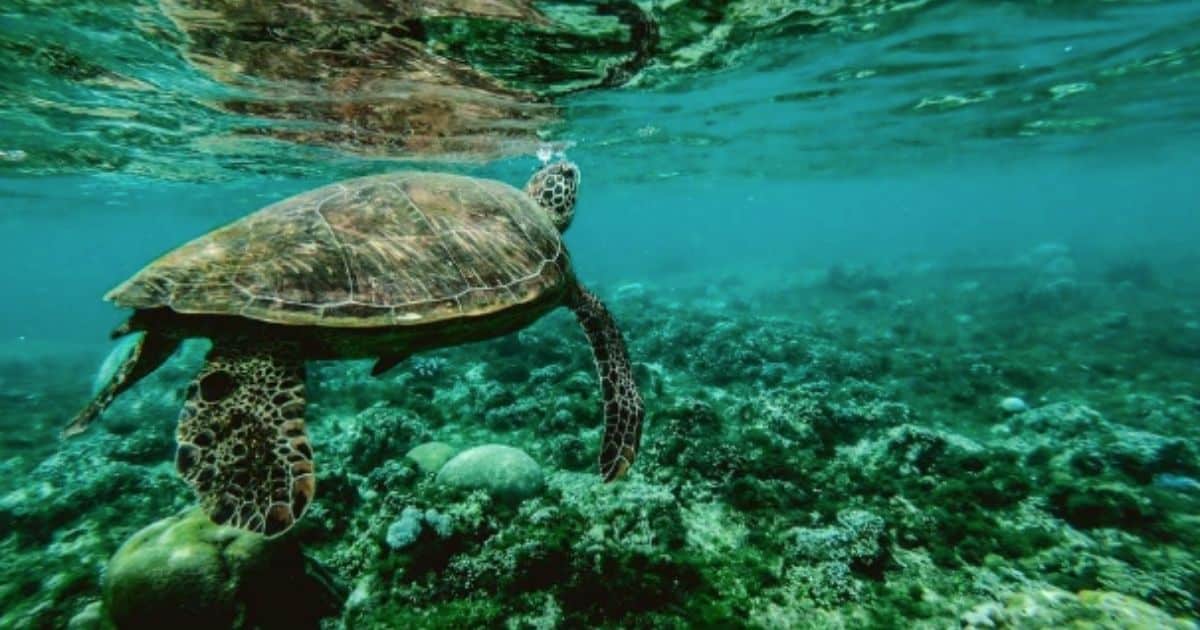However, their populations have long been under threat from a multitude of human factors that negatively impact all seven species of sea turtle.
Six species of our shelled friends are found throughout the earth’s ocean and include the Green, Hawksbill, Olive Ridley, Leatherback, Kemp’s Ridley and the Loggerhead turtles. One species, called the Flatback, is an Australian native and resides exclusively in the waters of Australia.
Each species of sea turtle is in big trouble. The Loggerhead sea turtle is the only species of sea turtle that is not classed as endangered, but it is still classified as a threatened species. The rare Kemps Ridley is the most endangered. Unfortunately, it’s only breeding site is located on a small strip of beach in Rancho Nuevo in Mexico, considerably limiting its potential nesting sites.
Despite being stunning creatures that are vital for tourism, turtles also have a key role in ocean ecosystems. In fact, sea turtles have played a vital role in maintaining the health of our ocean for more than 100 million years!
Sea turtles help seagrass beds stay healthy by grazing upon them, and seagrasses are key in storing carbon, protecting us all from climate change.
Turtles also graze on algae in coral ecosystems preventing overgrowth and keeping the corals healthy and productive. Turtle nests also help feed vegetation on beaches, the nutrients left behind from their hatchlings help plants to flourish.
Moreover, the hatchlings themselves are also an important food source for mammals, fish and birds.
Sea turtles are actually even an ecosystem themselves; they offer an underwater island ride for hitchhiking animals such as algae and barnacles.
Given the importance of these animals, we take a look at the recent research investigating factors affecting global populations.
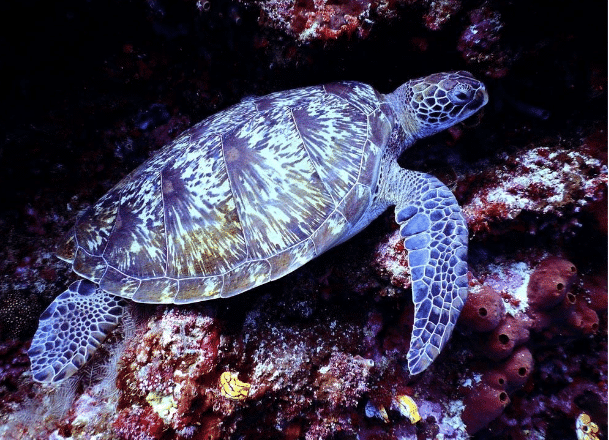 Pexels.com
Pexels.com
The Effect of Pollution on Turtle Populations
Pollution of aquatic environments is a major factor that affects turtles. Plastic pollution has long plagued sea turtles, in some cases they are unable to distinguish between scrumptious jellyfish and plastic bags floating through the water. A sea turtle with a stomach full of plastic will sadly starve to death.
Additionally, recent research has revealed that some plastic pollution can actually elicit foraging behavior from sea turtles. This may explain why sea turtles are attracted to the plastic and think that it is a viable food source, which of course it isn’t.
In addition, active ingredients used in sun-cream have been found to accumulate in the plasma of loggerhead turtles. It is also proposed that they can have adverse long-term effects on the health of these sea turtles.
Plastic ingestion by freshwater turtles: a review and call to action
Clause, A. G., Celestian, A. J., & Pauly, G. B. (2021). Plastic ingestion by freshwater turtles: a review and call to action. Scientific reports, 11(1), 1-10.
Odors from marine plastic debris elicit foraging behavior in sea turtles
Pfaller, J. B., Goforth, K. M., Gil, M. A., Savoca, M. S., & Lohmann, K. J. (2020). Odors from marine plastic debris elicit foraging behavior in sea turtles. Current Biology, 30(5), R213-R214.
Sunscreen active ingredients in loggerhead turtles (Caretta caretta) and their relation to molecular markers of inflammation, oxidative stress and hormonal activity in wild populations.
Cocci, P., Mosconi, G., & Palermo, F. A. (2020). Sunscreen active ingredients in loggerhead turtles (Caretta caretta) and their relation to molecular markers of inflammation, oxidative stress and hormonal activity in wild populations. Marine pollution bulletin, 153, 111012
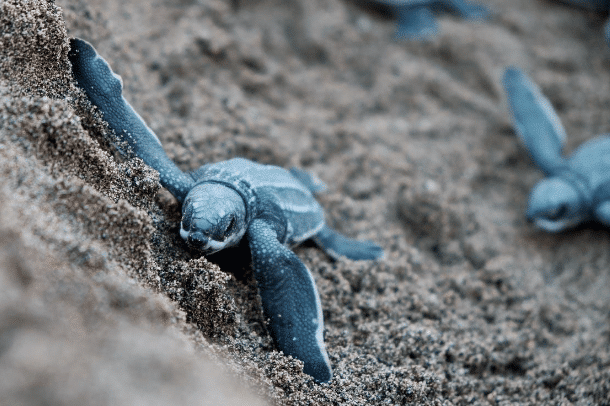 Pexels.com
Pexels.com
The Effect of Climate Change
Climate change is a rapidly developing danger to sea turtles. Recent research suggests that marine heatwaves significantly reduce the number of eggs that a female green turtle can produce, reducing her resulting number of hatchlings.
Also, some species rely on temperature dependent sex-determination. This is when eggs that are warmer in the nest (closer to the surface) develop into females and eggs that are colder (further away from the surface) develop into males. As you can imagine, increasing temperatures due to climate change has the potential to produce more females and less males, affecting population dynamics. However, new research suggests that this could actually be an advantage and perhaps even the method employed by prehistoric reptiles to survive mass extinction events.
Other, new research suggests that historic climate change is directly linked to species diversity. Furthermore, climate change may explain why turtles have such a low number of individual species compared to other egg-laying prehistoric lineages (birds, reptiles).
Temperature‐Dependent Sex Determination in Sea Turtles in the Context of Climate Change: Uncovering the Adaptive Significance
Santidrián Tomillo, P., & Spotila, J. R. (2020). Temperature‐Dependent Sex Determination in Sea Turtles in the Context of Climate Change: Uncovering the Adaptive Significance. BioEssays, 42(11), 2000146.
Simulated growth and reproduction of green turtles (Chelonia mydas) under climate change and marine heatwave scenarios
Stubbs, J. L., Marn, N., Vanderklift, M. A., Fossette, S., & Mitchell, N. J. (2020). Simulated growth and reproduction of green turtles (Chelonia mydas) under climate change and marine heatwave scenarios. Ecological Modelling, 431, 109185.
A global phylogeny of turtles reveals a burst of climate-associated diversification on continental margins.
Thomson, R. C., Spinks, P. Q., & Shaffer, H. B. (2021). A global phylogeny of turtles reveals a burst of climate-associated diversification on continental margins. Proceedings of the National Academy of Sciences, 118(7).
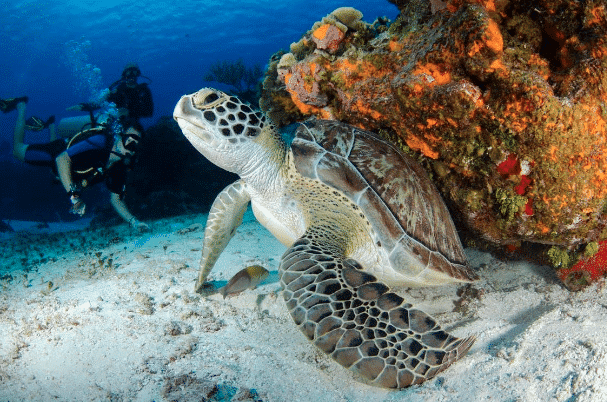 Pexels.com
Pexels.com
Influences on Turtle Health
Recent research has shown that the bacterial communities in the intestinal tracts of green turtles shifts in response to the health of the turtle. This is important when rehabilitating injured turtles, suggesting that a switch to an herbivorous diet for injured animals may help promote a speedy recovery.
The effect of diet on the gastrointestinal microbiome of juvenile rehabilitating green turtles
Bloodgood, J. C., Hernandez, S. M., Isaiah, A., Suchodolski, J. S., Hoopes, L. A., Thompson, P. M., … & Norton, T. M. (2020). The effect of diet on the gastrointestinal microbiome of juvenile rehabilitating green turtles (Chelonia mydas). PloS one, 15(1), e0227060.
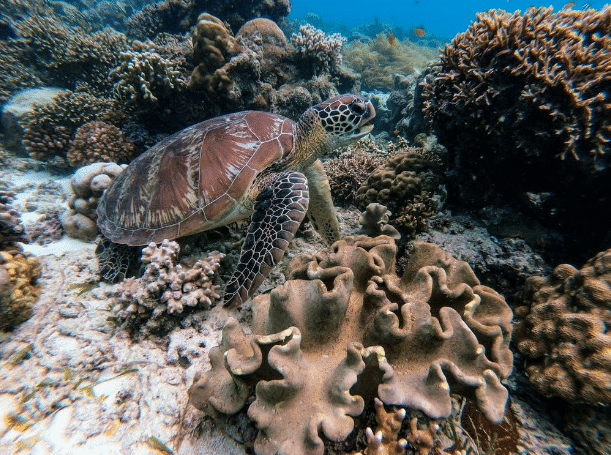 Pexels.com
Pexels.com
Monitoring Sea Turtle Populations
However, there is hope.
There has been success in monitoring populations that have been historically difficult to assess. This helps us to better understand populations, community structures and can give us insights into how to support turtle populations that are bouncing back. Further developments in genomics are helping scientists estimate the lifespan of turtles, once again providing insights into their biology, helping create a clearer picture of the needs of these individuals.
In addition, satellite tracking has given insights into new turtle conservation areas. Fisheries are having to reassess their management plans due to an increase in sea turtle populations and people are only becoming more aware of the challenges they face.
Together, we can promote turtle conservation. Engaging with research into these majestic creatures is essential to not only preserve their historic ecosystem roles but to preserve their place in our ocean for generations to come.
Tracking foraging green turtles in the Republic of the Congo: insights into spatial ecology from a data poor region
Metcalfe, K., Bréheret, N., Bal, G., Chauvet, E., Doherty, P. D., Formia, A., … & Godley, B. J. (2020). Tracking foraging green turtles in the Republic of the Congo: insights into spatial ecology from a data poor region. Oryx, 54(3), 299-306.
Combining laparoscopy and satellite tracking: Successful round-trip tracking of female green turtles from feeding areas to nesting grounds and back
Pilcher, N. J., Rodriguez-Zarate, C. J., Antonopoulou, M. A., Mateos-Molina, D., Das, H. S., & Bugla, I. A. (2020). Combining laparoscopy and satellite tracking: Successful round-trip tracking of female green turtles from feeding areas to nesting grounds and back. Global Ecology and Conservation, 23, e01169.
Lifespan estimation in marine turtles using genomic promoter CpG density
Mayne, B., Tucker, A. D., Berry, O., & Jarman, S. (2020). Lifespan estimation in marine turtles using genomic promoter CpG density. Plos one, 15(7), e0236888.
High fidelity of sea turtles to their foraging grounds revealed by satellite tracking and capture-mark-recapture: New insights for the establishment of key marine conservation areas.
Siegwalt, F., Benhamou, S., Girondot, M., Jeantet, L., Martin, J., Bonola, M., … & Chevallier, D. (2020). High fidelity of sea turtles to their foraging grounds revealed by satellite tracking and capture-mark-recapture: New insights for the establishment of key marine conservation areas. Biological Conservation, 250, 108742.
Managing fisheries in a world with more sea turtles
Putman, N. F., Hawkins, J., & Gallaway, B. J. (2020). Managing fisheries in a world with more sea turtles. Proceedings of the Royal Society B, 287(1930), 20200220.
By Kaya Taylor, ECO Contributor
